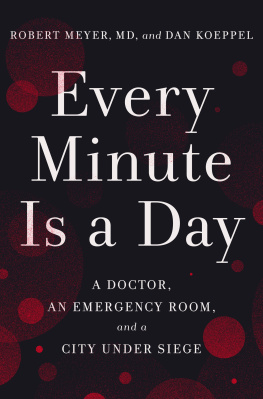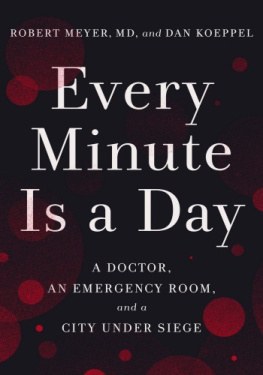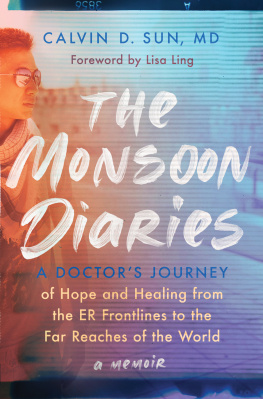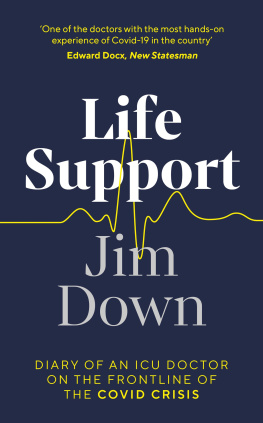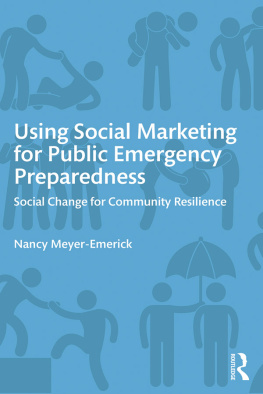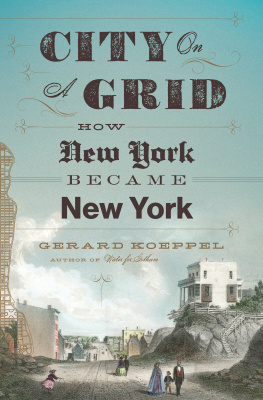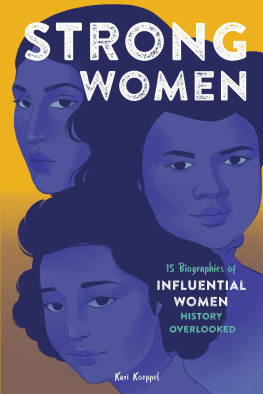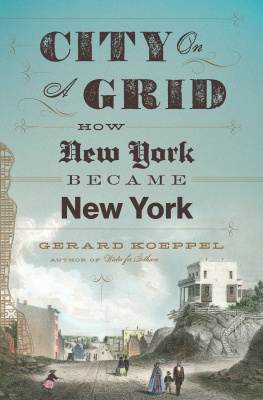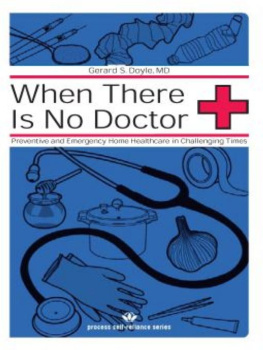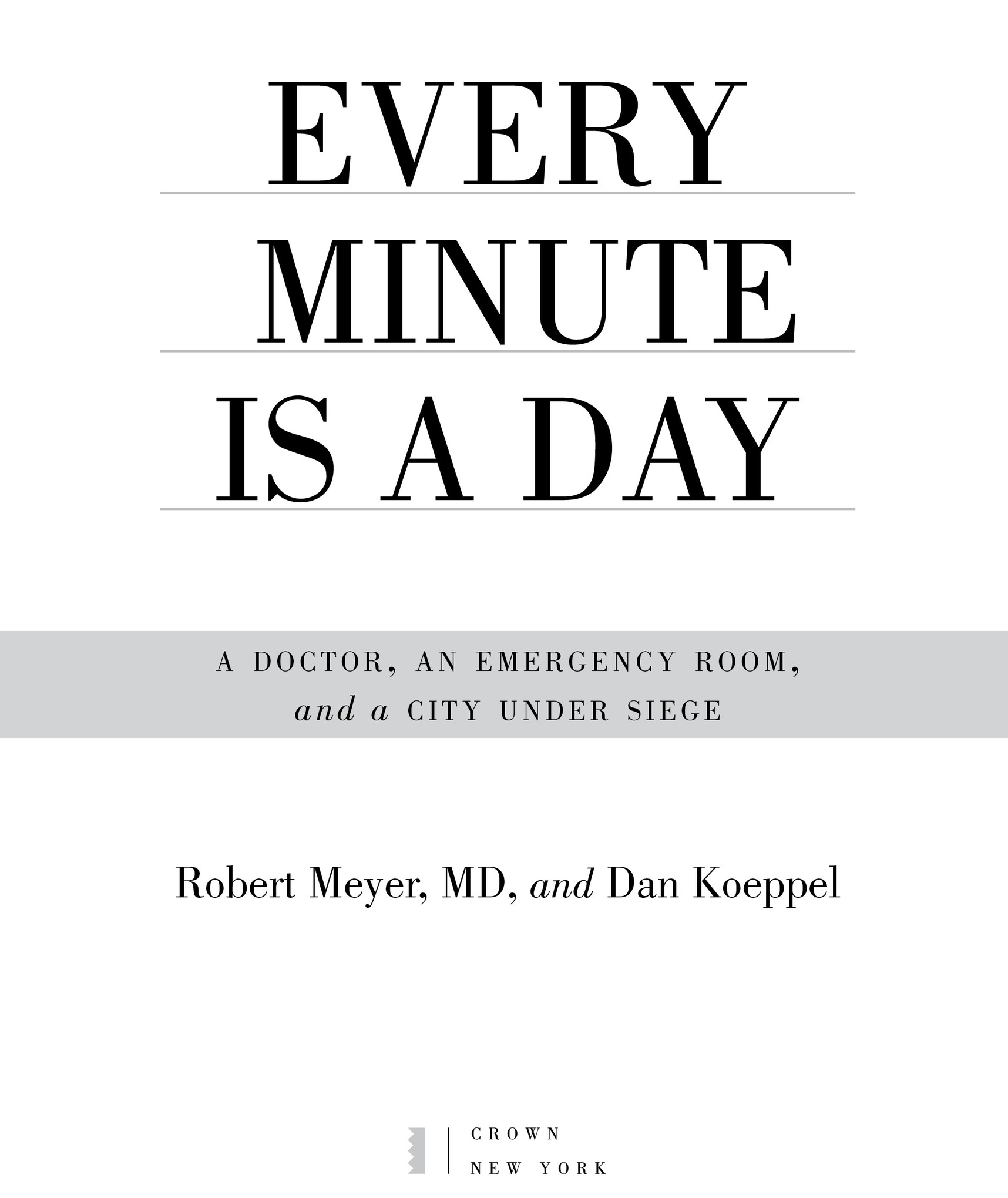All rights reserved.
Published in the United States by Crown, an imprint of Random House, a division of Penguin Random House LLC, New York.
Crown and the Crown colophon are registered trademarks of Penguin Random House LLC.
Names: Meyer, Robert (Robert H.), author. | Koeppel, Dan, author.
Title: Every minute is a day / Robert Meyer and Dan Koeppel.
Description: First edition. | New York: Crown, [2021]
Identifiers: LCCN 2021012301 (print) | LCCN 2021012302 (ebook) | ISBN 9780593238592 (hardcover) | ISBN 9780593238608 (ebook)
Subjects: LCSH: Meyer, Robert (Robert H.) | Montefiore Medical Center. | COVID-19 Pandemic, 2020-New York (State)New York. | COVID-19 (Disease)PatientsNew York (State)New York. | Emergency physiciansNew York (State)New YorkAnecdotes. | HospitalsEmergency servicesNew York (State)New York.
Classification: LCC RA644.C67 M48 2021 (print) | LCC RA644.C67 (ebook) | DDC 362.1962/41409747dc23
Keep a looking glass in your own heart, and the more carefully you scan your own frailties, the more tender you are for those of your fellow creatures.
Dr. William Osler, 18491919. Considered by many to be the father of modern, patient-centered medicine. From The Quotable Osler, 2008, The American College of Physicians.
Foreword
In the late winter of 2020, I was with my family in Portland, Maine. I began to understand what was at stake as Covid-19 spread when my employer at the time, The New York Times, shifted the entire staff to remote work. A few days later, the schools that my children attended closed to in-person instruction and care. I was worried about all the things everyone else was worried about: the health and well-being of my family, my familys productivity at work and school, helping others in my community. But I had one particular source of anxiety as I read about cases of Covid appearing in New York City, where I was born and raised.
For twenty-five years, my cousin Rob Meyer has been an emergency room doctor in the Bronx at Montefiore Medical Center, whose three associated hospitals and satellite clinics (which all together are officially referred to as the Montefiore Health System), by some counts, treat more emergency room patients than any other facility in the United States. Rob is one of the most dedicated physicians I know. He cares about his patients not only when theyre in medical need but throughout their lives. Rob was influenced by my late father, Richard Koeppel, who was also an ER doctor. And as a teaching physician at the Albert Einstein College of Medicine, Montefiores affiliated educational institution, Rob has instructed hundreds of medical students. Rob has always met his obligations head-on, even when it has meant putting his own safety at risk.
So, as the pandemic began to take shape, I sent him a text message: How are you doing? Im worried for you.
Hanging by a thread, Rob replied.
Are you seeing a lot of cases?
Yes.
On a scale of 1 to 10, where do you think you are?
The next reply took awhilesomething Im used to with Rob; it nearly always means hes handling a crisis. After ten minutes, I got an answer: Do you really want to know?
I did.
That exchange opened the door to a series of texts from Rob that I found upsetting, tragic, andto be honestfascinating. Rob indicated that talking about what was happening was helpful to him, so I encouraged him to message, call, or send me voice memoswhatever he needed to do to help him cope.
I will, but dont tell my family. He made me promise. I dont want them to worry.
Robs texts, emails, and confessional phone calls, as well as our in-person discussions, ultimately became his de facto diary. And later, as Rob and I began to interview his colleagues togetherdoctors, nurses, patient care technicians, physicians assistants, and otherswe found a commonality in the attempts by these healthcare workers to create order from chaos, manage an overwhelming workload, and cope with death, hopelessness, and survivors guilt. Im honored to have been able to work with my cousin to tell these remarkable stories that trace the onslaught of Covid-19 as it ripped through the Bronx in the spring of 2020, because ultimately they are stories of great heroism amidst deep despair.
For many medical professionals interviewed for this book, Rob and I were the first people theyd spoken to about their experiences. Over and over, we heard people express a desire to protect their husbands, wives, parents, and children from everything they had seen and done. To most, it was all too terrifying, in large part because they were forced by the circumstances to put themselves in danger. Alarmingly, especially early on, some had to reuse the same masks and personal protective equipment for days on end. The risks they were taking, combined with the death surrounding them, were often too much for them to bear, and many of them, including Rob, frequently broke down and wept at the end of their shifts.
Rob explained to me how, on a chilly, wet night just before the official start of spring, he stepped outside onto the ambulance bay. The street, normally choked with vehicles, was almost empty. Traffic lights cycled green, yellow, and red, but without cars or buses to pass through them. The commuter railroad tracks that run adjacent to Montefiores Weiler Campus were empty. But a group of people had congregated at the hospitals gates, and Rob could hear them voicing prayers in a half dozen languages for loved ones inside. These were family members who had been denied entry for fear of exposing them to the virus. Rob felt a mixture of grief and shame at having to walk by the group, at not being able to help, at not being able to offer the comfort that doctors are supposed to offer.
I wont lie, Rob texted me that night. And I dont say it at home. Not to anyone. I break down and cry a lot. I dont like who I have become. Almost indifferent. Yet at the same time, I have been shown incredible compassion and sympathy. The elderly are my cross to bear, but I am holding the hands of young people, toowith the fear of God in their eyes like I have never seen.
Montefiore Hospitals Weiler Campus, where Rob works, sits at the center of all that is the Bronx. Geographically, this means the Bronx Zoo and the New York Botanical Garden are to the west; Pelham Bay Park and Long Island Sound are to the east. To the north, the Bronx becomes whiter and wealthier as the borough segues, not always evenly, into the even whiter environs of suburban Westchester County. South of the hospital, separated from Manhattan by the narrow expanse of the Harlem River, is the South Bronx. Known in the 1970s as a place where dozens of buildings burned, the area has been rebuilt, with more than nineteen thousand new apartments having been added since the 1980s.
Morris Park, the neighborhood Montefiore anchors, has a large Italian American population. The elements that keep it traditional also make it unique: the little coffeehouses; the shops where you can buy rice balls and fresh mozzarella. (In Morris Park, you never, ever pronounce the a at the end. Its moo-

